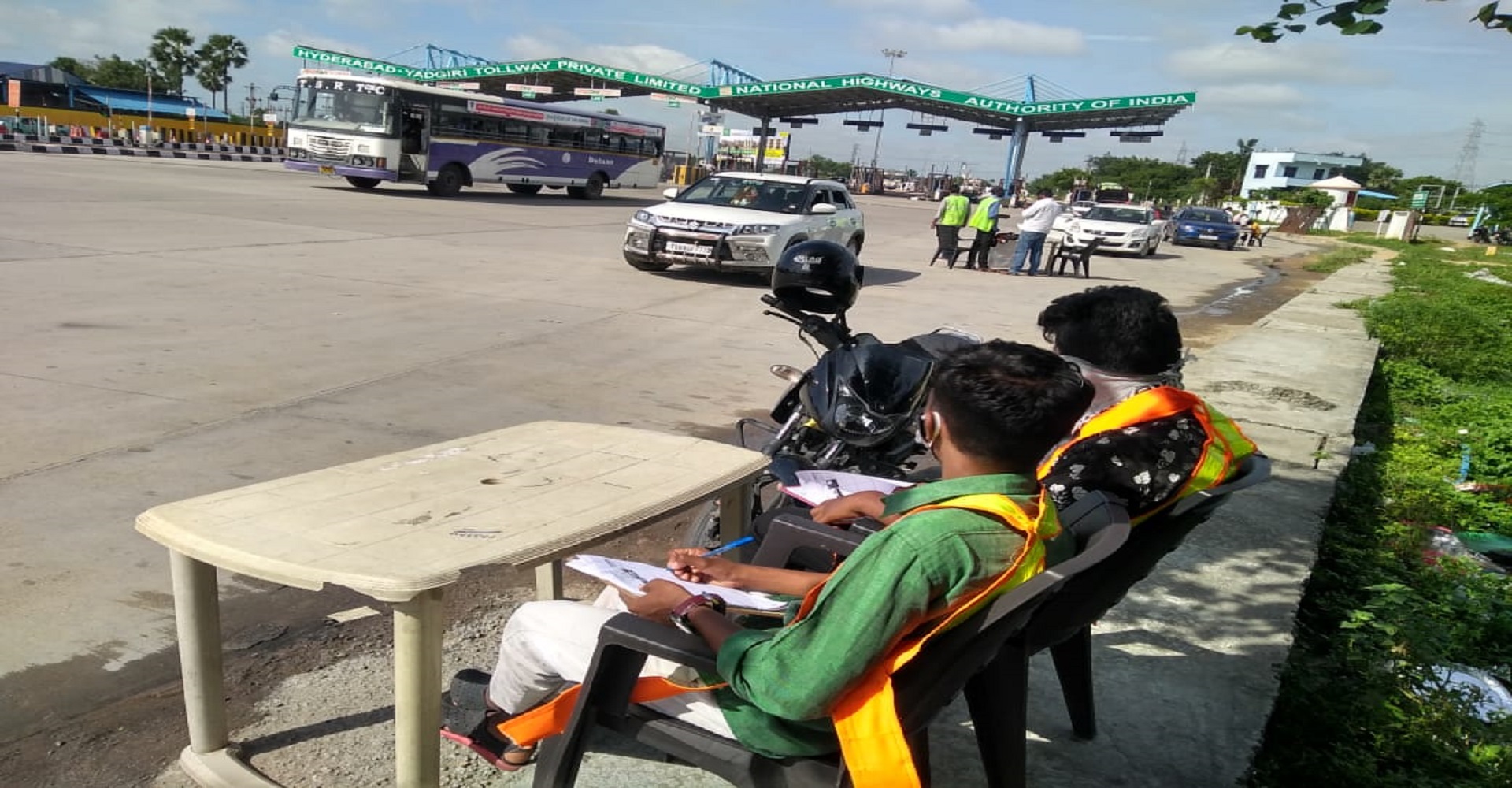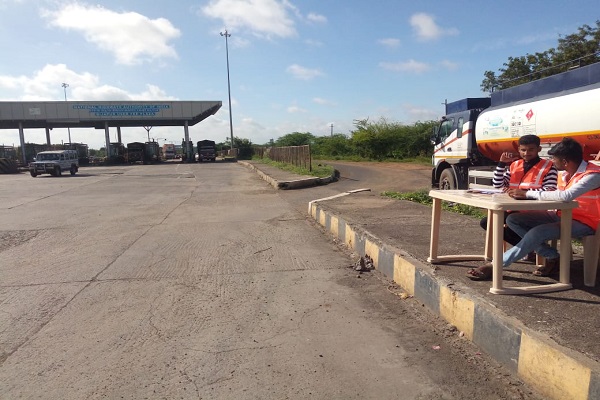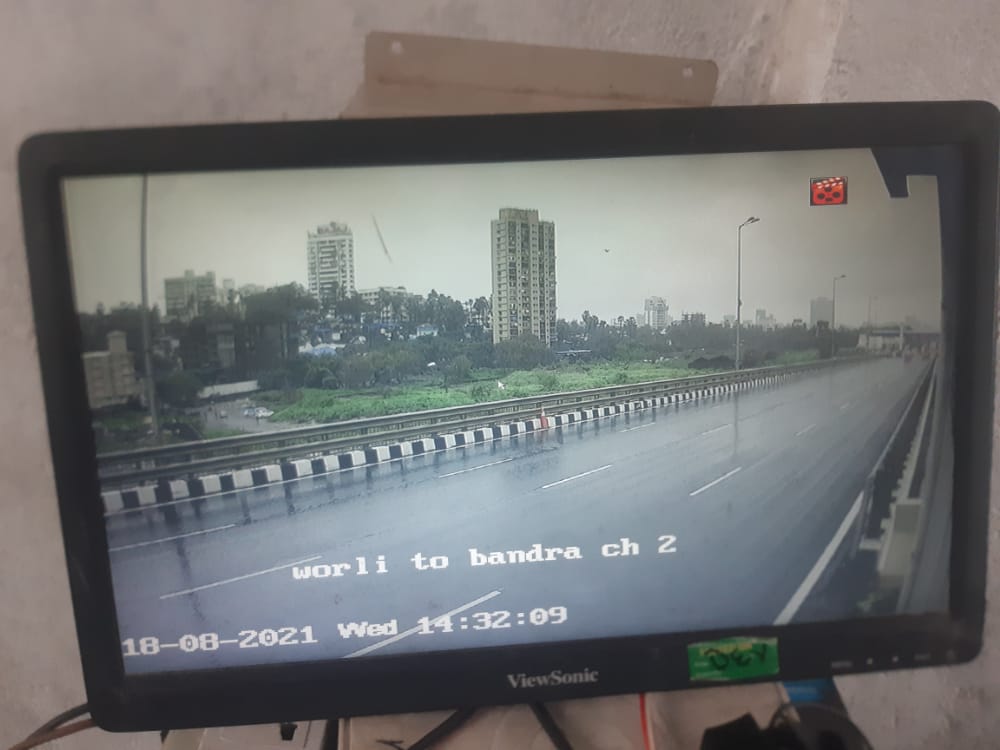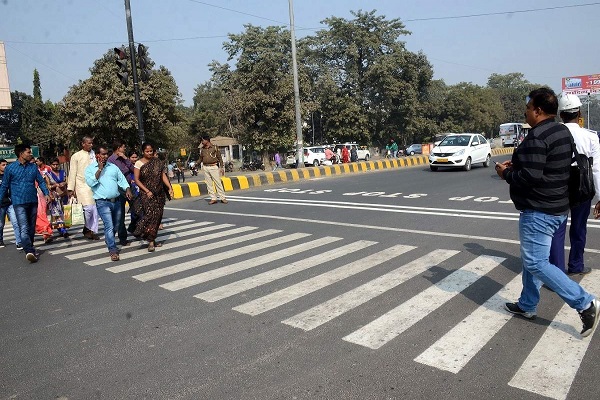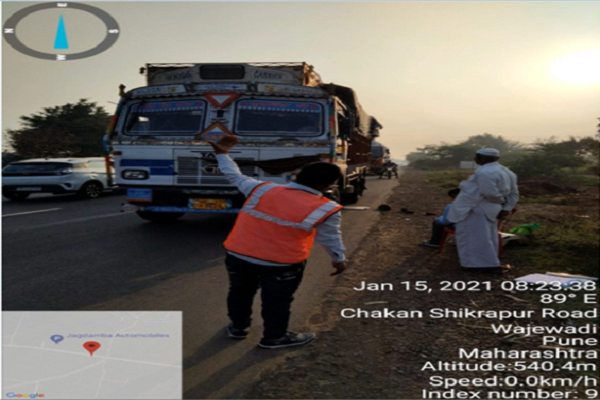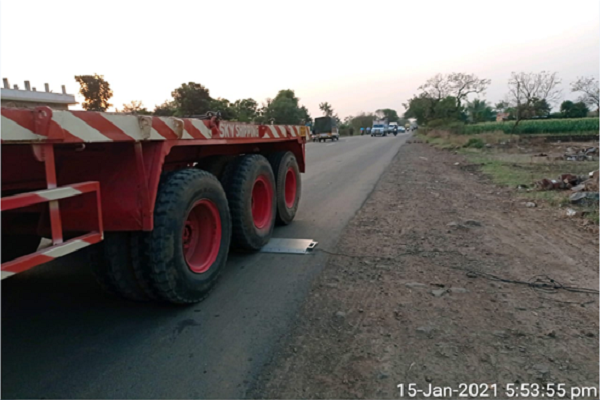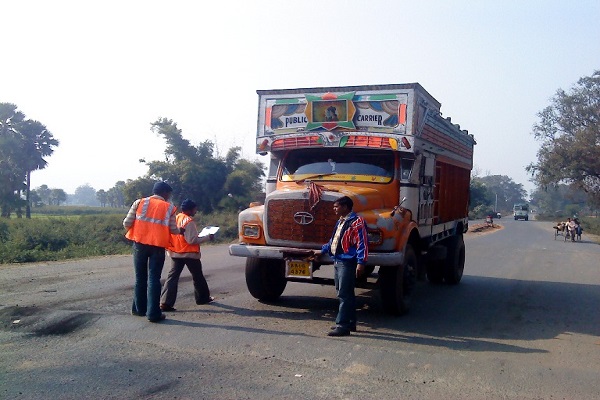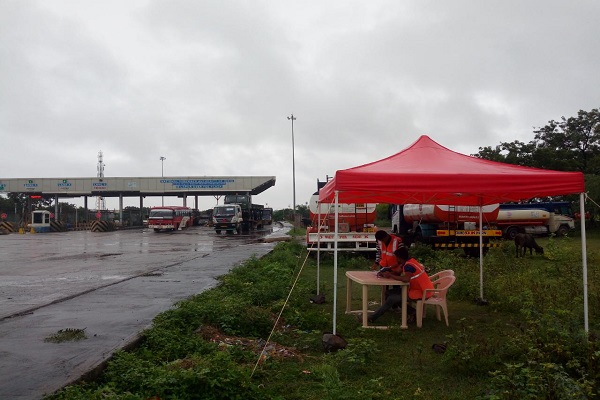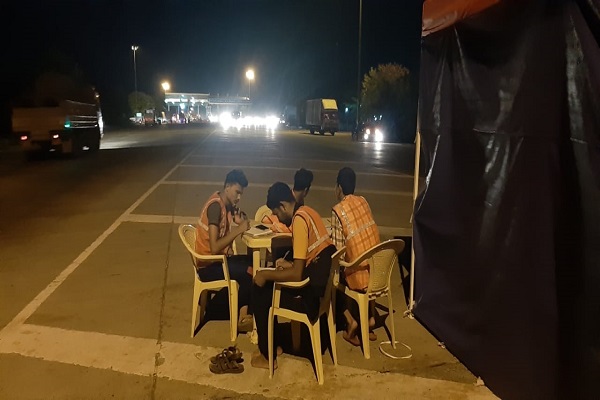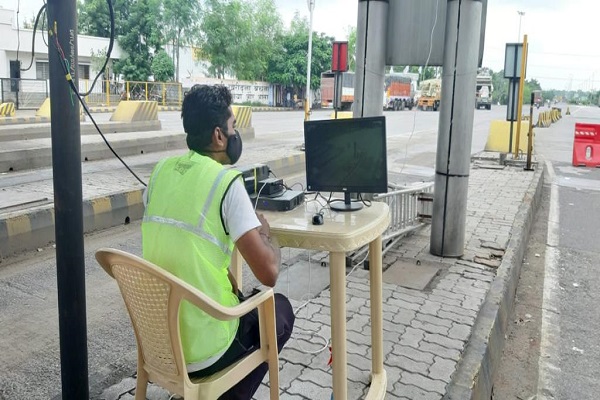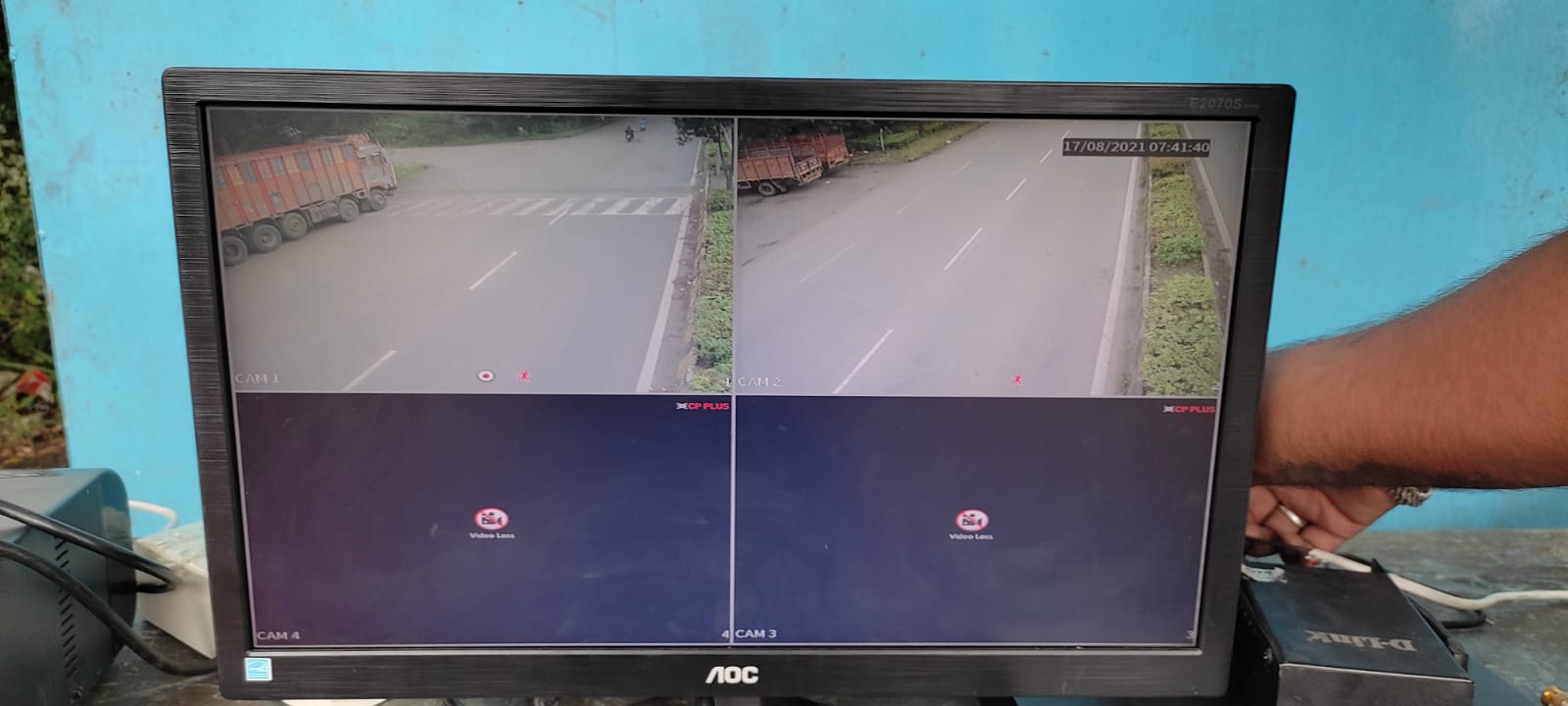As Per IRC 103:2012 & IRC 37:2018
Civil Tech can provide temporary or permanent data collection in any traffic environment. Data can be collected for any class of traffic including motor vehicle type, cyclists and pedestrians.
Secure roads, planned infrastructure, and safety of a broad array of road users, including pedestrians and drivers, are imperatives of a healthy and democratic society. Pedestrian Movement Count Survey has been conducted at major Midblock and travel corridors within the study area to obtain the volume of pedestrians Across and Along the road. The main objective of Pedestrian survey is to assess the pedestrian flow along and across the intersecting arm at important junction and mid blocks to suggest improvement for safe movement. Hence the counts have been conducted for duration of 12 hrs.
Axle load survey has been carried out in order to estimate Vehicle Damage Factor (VDF) for using in design of overlay on existing pavement and new pavement for additional lanes. This survey shall be carried out along with classified volume count survey. Number of days of survey will depend on project location, the type of project and the intensity and expected variation in traffic. This survey duration may vary between 24 hours and 3 days, but should be carried out at least for one day at the traffic count stations on a random basis for commercial vehicles.
Turning Movement Count (TMC) or most popularly known as Intersection count is to count pedestrians, cycles or vehicles which are moving towards an intersection. Turning volume count surveys were conducted at the major intersections along the project corridor. The classified turning volume count was carried out for a period of 24 hours on a normal working day. The count were recorded at fifteen minute to get at the peak hour volumes.
Origin Destination (OD) surveys provide a detailed picture of the trip patterns and travel choices of a city’s or region’s residents. These surveys collect valuable data related to households, individuals and trips. This information allows stakeholders to understand : Travel patterns and characteristics Measure trends Provide input to travel demand model development Forecasting, and planning for area wide transportation needs and services Progress in implementing transportation policies.
Traffic Volume Count (TVC) Surveys are done to determine the characteristics of traffic movement, to establish base year traffic demand and to determine Average Daily Traffic (ADT) at existing locations.
- Understanding wider scale traffic movements such as around a town or city are vital to transport planning models. Traffic Data can capture this information using a range of methodologies and technologies. The scope of work is to prepare a Report by analyzing the data .
- Traffic Data Collection is basic requirements for transport planning.
- Traffic Data forms an integral part of national economics and such knowledge is essential in drawing up a rational transport policy for movement of passengers and goods by both government and the private sectors. Traffic Volume Count is counting of number of vehicles passing through a road over a period of time.
- Checking the efficiency/saturation of the road network by comparing current traffic volume with the calculated capacity or by identifying level of service
- Establishing the use of the road network by vehicles of different categories, traffic distribution, PCU/vehicle value
- Need of median shifting or road widening.
Specification
- The purpose classified traffic volume count is to draw inferences on the basis of data collected.
- To provide possible solutions and improvement suggestion for the problem identified.
- The objectives covered in it includes identifying the hourly distribution of vehicles and peak hour, identify level of service and compare modal composition on different hierarchy of roads.

